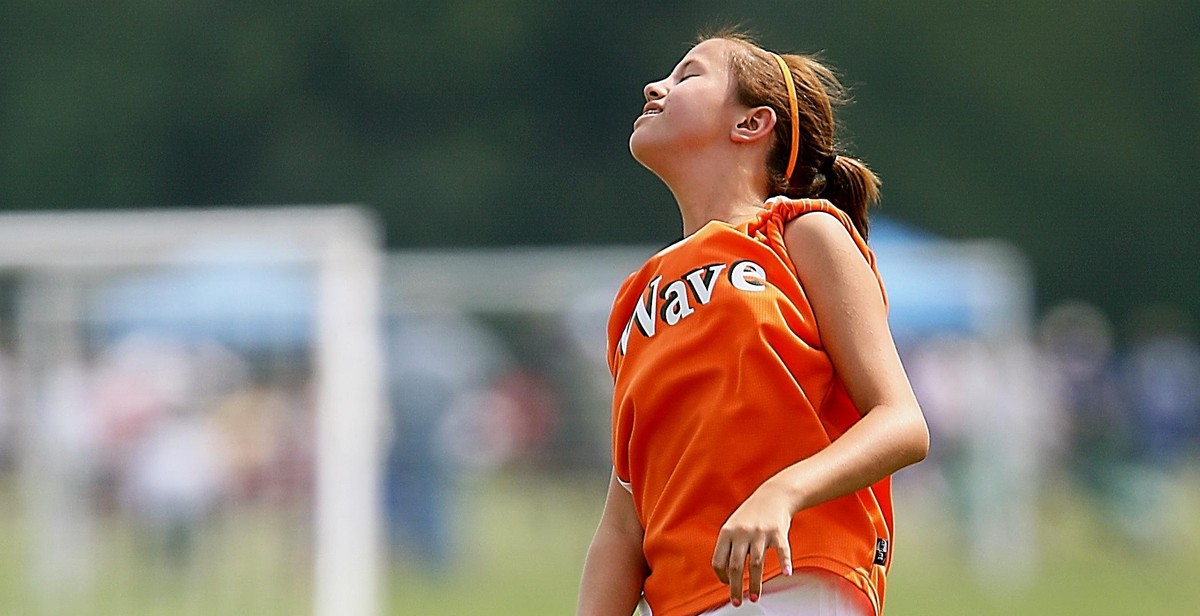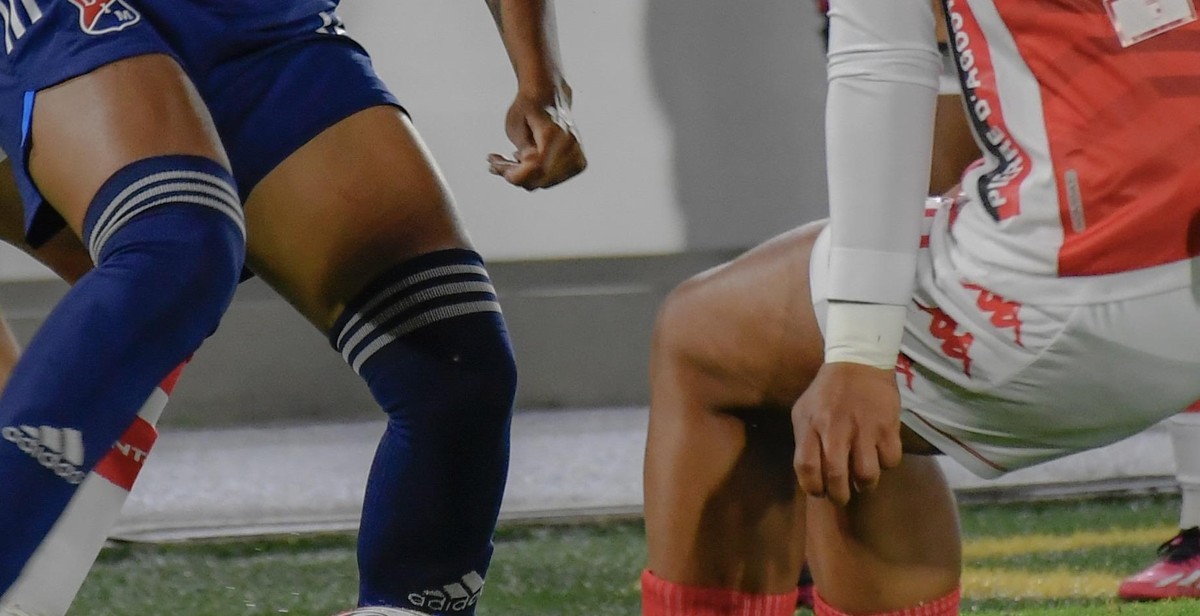How to Choose the Right Soccer Shin Guards: Factors to Consider for Protection and Comfort
As a professional soccer player with over a decade of experience, I can attest to the importance of choosing the right shin guards for both protection and comfort. Shin guards are an essential piece of equipment for soccer players of all levels, from beginners to professionals.
Why Are Shin Guards Important?
Shin guards protect the player’s shins from the impact of tackles, kicks, and other collisions on the field. They also provide compression and support to the muscles in the lower leg, reducing the risk of injury and fatigue.
Factors to Consider When Choosing Shin Guards
When choosing shin guards, there are several factors to consider, including:
Each of these factors plays a significant role in determining the level of protection and comfort provided by the shin guards. In this article, we will explore each of these factors in detail to help you choose the right shin guards for your needs.

Why Soccer Shin Guards are Important
Soccer is a high-impact sport that requires protective gear to prevent injuries. One of the most important pieces of equipment that soccer players should have is shin guards. Shin guards are worn to protect the shinbone, which is one of the most vulnerable areas of the body during a soccer game. A soccer ball can travel at high speeds, and a player’s legs are often targeted by opposing players. Without proper protection, a player can suffer serious injuries to the shinbone, such as fractures or contusions.
Protection from Injuries
The primary function of soccer shin guards is to protect the player from injuries. Shin guards are designed to absorb the shock of a collision and distribute the force over a larger area. They also provide a barrier between the shinbone and the opponent’s cleats. This can prevent cuts, bruises, and other injuries that can occur during a game. Shin guards can also reduce the risk of serious injuries, such as broken bones or ligament damage.
Compliance with Regulations
In addition to providing protection, soccer shin guards are also required by most soccer leagues and organizations. Compliance with regulations is important to avoid penalties and disqualification from games. The regulations for shin guards vary depending on the league or organization, but they typically specify the minimum size and coverage required. It is important to check the regulations for your league or organization before purchasing shin guards to ensure compliance.
Overall, soccer shin guards are an essential piece of equipment for players of all levels. They provide protection from injuries and help ensure compliance with regulations. When choosing shin guards, it is important to consider factors such as size, material, and comfort to ensure the best fit and protection for your needs.

Factors to Consider When Choosing Soccer Shin Guards
Choosing the right soccer shin guards can make a significant difference in your safety and comfort on the field. Here are some essential factors to consider when selecting soccer shin guards:
Size and Fit
One of the most critical factors to consider when choosing soccer shin guards is the size and fit. The shin guards should fit snugly around your leg without being too tight or too loose. If the shin guards are too loose, they may shift around during play and not offer the necessary protection. On the other hand, if they are too tight, they may cut off circulation or cause discomfort.
It is essential to measure your leg and choose the right size. Most shin guards come in sizes ranging from XS to XL. It is also crucial to try on the shin guards with your soccer socks and cleats to ensure a proper fit.
Material
The material of the shin guards affects both their durability and comfort. The most common materials for soccer shin guards are plastic, foam, and fiberglass. Plastic shin guards are lightweight and affordable, but they may crack or break over time. Foam shin guards are comfortable and offer excellent shock absorption, but they may not be as durable as other materials. Fiberglass shin guards are the most durable but may be heavier and less comfortable than other materials.
Type of Closure
The type of closure on the shin guards affects their ease of use and adjustability. Some shin guards have a slip-on design that slides over your leg, while others have a strap or Velcro closure that allows you to adjust the fit. Slip-on shin guards are convenient but may not offer as much adjustability as other types of closures.
Ankle Protection
Some soccer shin guards come with ankle protection, while others do not. Ankle protection can help prevent injuries and provide additional support. However, shin guards with ankle protection may be bulkier and less comfortable than those without.
| Factors to Consider | Examples |
|---|---|
| Size and Fit | Measure your leg and try on the shin guards with your soccer socks and cleats. |
| Material | Plastic, foam, and fiberglass are the most common materials for soccer shin guards. |
| Type of Closure | Slip-on design, strap or Velcro closure. |
| Ankle Protection | Shin guards with ankle protection can help prevent injuries and provide additional support. |
Consider these factors when choosing soccer shin guards to ensure that you have the right protection and comfort on the field.

Different Types of Soccer Shin Guards
When it comes to choosing the right soccer shin guards, there are several types to consider. Each type offers a unique set of features that provide varying levels of protection and comfort. Here are three of the most common types of soccer shin guards:
Slip-In Shin Guards
Slip-in shin guards are the most basic and lightweight type of shin guard. They are designed to slide into a player’s socks and stay in place without the need for straps or sleeves. Slip-in shin guards are typically made of foam or plastic and offer minimal protection. They are best suited for younger players or those who prefer a minimalistic feel.
Sleeve Shin Guards
Sleeve shin guards are a step up from slip-in shin guards in terms of protection and comfort. They are designed with a sleeve that fits over a player’s leg and holds the shin guard in place. Sleeve shin guards are typically made of foam or a combination of foam and plastic. They offer a higher level of protection than slip-in shin guards and are more comfortable to wear for extended periods of time.
Ankle Shin Guards
Ankle shin guards are the most advanced type of shin guard. They provide the highest level of protection by covering not only the shins but also the ankles. Ankle shin guards are typically made of hard plastic and are designed with straps that wrap around the ankle to hold them in place. They offer the most protection but can also be the most uncomfortable due to their weight and bulkiness.
| Type | Protection | Comfort | Cost |
|---|---|---|---|
| Slip-In | Minimal | Low | Low |
| Sleeve | Moderate | Medium | Medium |
| Ankle | High | Low | High |
Ultimately, the type of soccer shin guard you choose will depend on your personal preferences and needs. Consider the level of protection you require, as well as the level of comfort you desire. It’s also important to keep in mind your budget, as ankle shin guards can be significantly more expensive than slip-in or sleeve shin guards.

How to Choose the Right Soccer Shin Guards: Factors to Consider for Protection and Comfort
As someone who has been playing soccer for over a decade, I can attest to the importance of wearing proper shin guards. Not only do they protect your shins from bruising and potential breaks, but they also provide comfort during gameplay. Here are three factors to consider when choosing the right soccer shin guards:
Assess Your Needs
Before making a purchase, it’s important to assess your needs. Are you a beginner or a seasoned player? Do you play professionally or just for fun? Different levels of play require different levels of protection. For example, professional players may need heavier and sturdier shin guards, while beginners can opt for lighter and more flexible ones. Additionally, consider the position you play. Defenders may need more protection due to the physical nature of their role, while midfielders and forwards may prioritize comfort and flexibility.
Try Them On
It’s essential to try on shin guards before purchasing them. Not only will this ensure the right fit, but also the right amount of protection and comfort. Look for shin guards that fit snugly around your shin and ankle, without being too tight. Make sure they don’t slip or move around during gameplay, as this can be distracting and potentially dangerous. Try on different styles and brands to find the best fit for you.
Consider Your Budget
Soccer shin guards can range from a few dollars to hundreds of dollars. While it’s tempting to go for the most expensive option, it’s important to consider your budget. There are plenty of affordable options that provide ample protection and comfort. That being said, investing in a quality pair of shin guards can save you money in the long run by preventing injuries and potential replacements.
| Brand | Price | Material | Level of Protection | Comfort |
|---|---|---|---|---|
| Adidas Performance Ghost Pro | $25 | Hard shell with EVA backing | High | Medium |
| Nike Mercurial Lite | $20 | Lightweight foam with hard shell | Medium | High |
| Puma One 5.1 | $50 | Carbon fiber shell with compression sleeve | High | High |
- Assess your needs based on your level of play and position
- Try on different styles and brands to find the best fit
- Consider your budget, but prioritize protection and comfort
Conclusion
Choosing the right soccer shin guards is crucial for both protection and comfort on the field. With so many options available, it can be overwhelming to make a decision. However, by considering the factors discussed in this article, you can narrow down your choices and find the perfect pair of shin guards.
Protection
The most important factor to consider when choosing soccer shin guards is protection. Look for guards that meet safety standards and provide adequate coverage for your shins. Consider the type of player you are and the level of physical contact you expect to encounter on the field.
Comfort
While protection is essential, comfort is also crucial for optimal performance. Look for shin guards with a comfortable fit and materials that won’t irritate your skin. Consider the type of closure system that works best for you, whether it’s straps, sleeves, or a combination of both.
Price
Soccer shin guards come in a range of prices, but don’t skimp on quality for the sake of saving money. Investing in a high-quality pair of shin guards will pay off in the long run, both in terms of protection and durability.
Ultimately, the right soccer shin guards will vary from player to player. Take the time to try on different options and consider the factors that are most important to you. With the right pair of shin guards, you can focus on your game and play with confidence.
